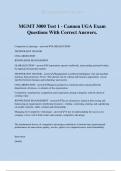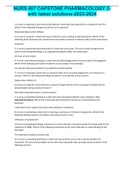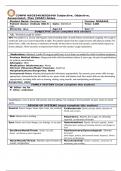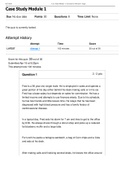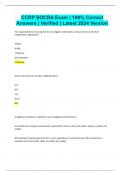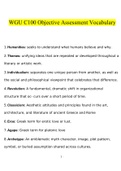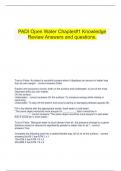Exam (elaborations)
MGMT 3000 Test 1 - Cannon UGA Exam Questions With Correct Answers.
- Course
- Institution
MGMT 3000 Test 1 - Cannon UGA Exam Questions With Correct Answers. Competitive Landscape - answerGLOBALIZATION TECHNOLOGY CHANGE COLLABORATION KNOWLEDGE MANAGEMENT GLOBALIZATION - answerCorporations operate worldwide, transcending national borders by tapping international markets TECHNOLOGY...
[Show more]
